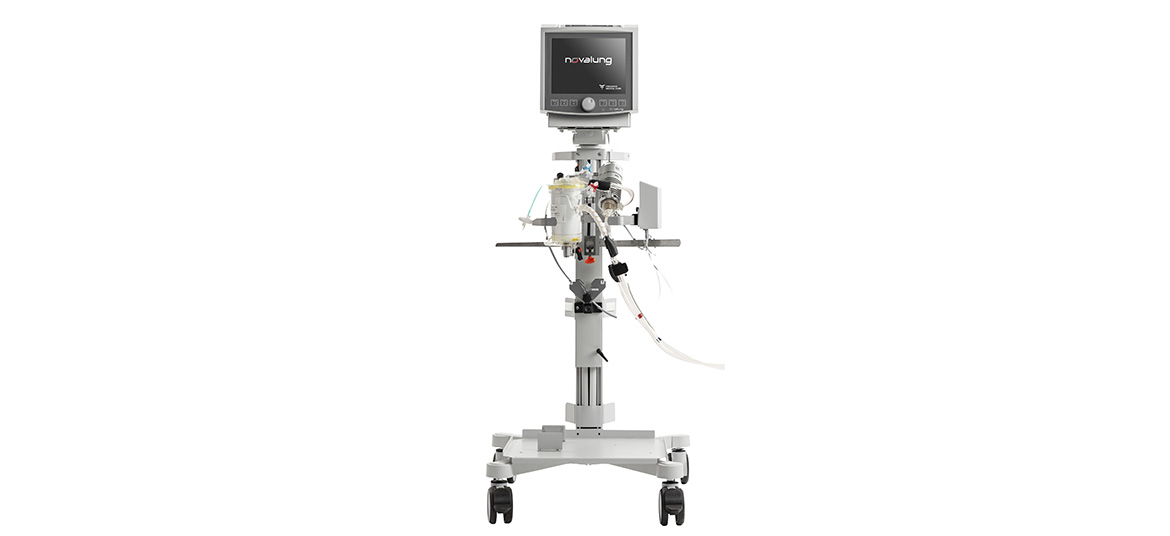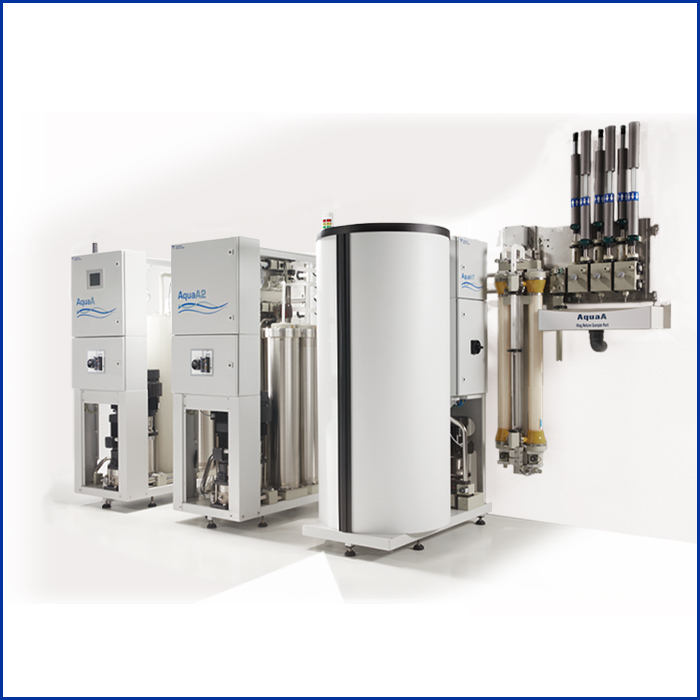
A Breath of Fresh Air: Q&A with Mark Costanzo about Novalung
Mark Costanzo, President of Fresenius Medical Care North America’s Renal Therapies Group, discusses how the company’s expertise in treating kidney failure is supporting the development of new treatments for acute lung failure as well.
NOTE: The Novalung device is not currently approved for use in the United States.
Q: Fresenius Medical Care acquired Xenios AG in 2016. Why were you interested in their technology?
MC: Xenios manufactures the Xenios Console which is an extracorporeal membrane oxygenation (ECMO) device that provides patients with both respiratory and circulatory support outside their body. Similar systems are only cleared for short term use in the United States and nothing is available for extended use. The Xenios Console has a strong foothold in Europe and some other areas outside the U.S., and we are hopeful that we will soon be able to bring this device to the U.S. market for longer-term applications under the name NovalungTM. We have started the application process for medical device approval for this heart and lung therapy system with the Food & Drug Administration. We believe the use of this device in an acute setting will offer advantages over current treatment methods that are available.
Q: How does a heart and lung therapy system work and when is it needed?
MC: When a patient is in acute respiratory or cardiopulmonary failure, they cannot expel enough carbon dioxide (CO2) out of their system and allow enough new oxygen (O2) into the blood stream. This can be a complication from a wide range of conditions. It could also be the result of an injury, a viral infection, heart failure or severe acute complications from chronic obstructive pulmonary disorder (COPD).
Mechanical ventilation devices can help a patient breathe by delivering fresh oxygen into the diseased or injured lung and removing carbon dioxide. That most commonly requires the use of a ventilator to push air into the lungs under pressure via a tube inserted into the trachea. During mechanical ventilation, patients generally need to be sedated and therefore cannot walk or talk for days, complicating communication with the care team. It can also cause other side effects such as further injuring the lung and worsening symptoms over time due to the pressure required to push air into the lungs. An ECMO device, however, allows for an alternative treatment of the damaged lungs, by pumping blood through an artificial lung in a similar way to how we use dialysis to clear toxins in patients with kidney failure.
Q: Why is Fresenius Medical Care, known as the premier renal care company, looking to expand this way?
MC: The kidneys, heart and lungs all work very closely together. When one of those organs is struggling, the other organs can suffer damage as well. Our medical devices provide life sustaining renal care for long periods of time. We are experts in the operation and manufacturing of these machines and know that they hold up under repeated use. We are confident that our expertise combined with this new technology for acute respiratory failure can support the most critically ill patients with life-sustaining therapies for damaged lungs.
Q: When do you expect this product to be available in the U.S.?
MC: We recently submitted an application for medical device clearance to the FDA focused on treating acute heart and lung conditions in the hospital setting. These conditions can impact more than a million people every year in the U.S., so it’s a serious and important issue. If approved, it will be the first ECMO device cleared by the FDA for extended use. With so many patients potentially benefiting from this technology, we hope that we will be able to offer this product soon.
© 2019 Fresenius Medical Care. All Rights Reserved. Fresenius Medical Care, the triangle logo, Novalung, and Xenios are trademarks of Fresenius Medical Care Holdings, Inc. or its affiliated companies. All other trademarks are the property of their respective owners.



